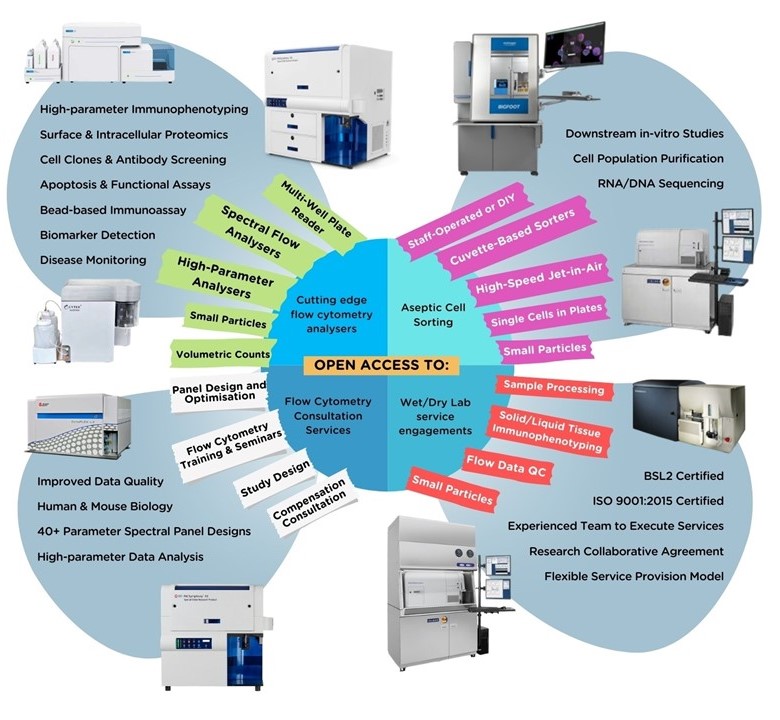Flow Cytometry
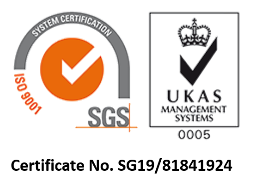
Head: You Yi Leon HWANG
Email: leon_hwang@a-star.edu.sg
Manager: Ivy LOW, SCYM (ASCP)CM
Email: Ivy_Low@a-star.edu.sg
General enquiries: FlowCytometry@a-star.edu.sg
The SIgN Flow Cytometry Platform is an ISO 9001:2015 certified, state-of-the-art facility that uses cutting-edge cell sorters and analysers to identify up to 40 parameters for a single cell suspension. The platform is equipped for high-parameter cell phenotyping, spectral flow and small particle flow cytometry.
Platform Service & Engagement Models
1) Open-access booking: For booking, please visit SIgN PPMS.For the hourly rates of our instruments, please click here.
2) Service project engagements
3) Research Collaboration Agreements (RCA)
For Service project engagements and Research Collaboration Agreements (RCA), please email both SIgN Flow Cytometry Platform and SIgN Immunomonitoring Platform.
For more information regarding the SIgN Flow Cytometry Platform and services, please download a copy of our brochure here.
Platform Equipment List (Open Access)
| Type | Instrument | No. of Lasers and Configuration | Notes | |
|---|---|---|---|---|
| Analyser (DIY) | 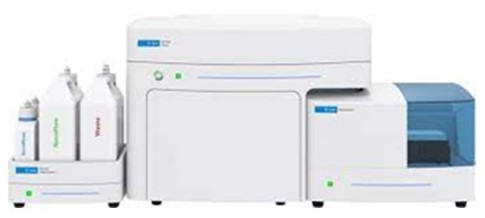 | Agilent Technologies NovoCyte Penteon | 5 Lasers B/R/V/YG/UV | Small particle detection |
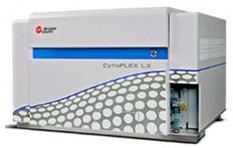 | Beckman Coulter Cytoflex LX | 5 Lasers B/R/V/YG/UV | Small particle detection | |
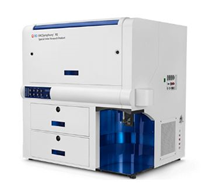 | BD FACSymphony A3 – 2 units (Alto and Tenor) | 5 Lasers B/R/V/YG/UV | ||
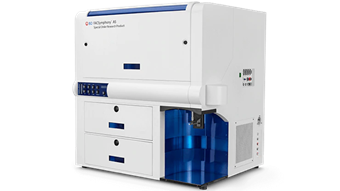 | BD FACSymphony A5 SE (Soprano) | 5 Lasers B/R/V/YG/UV | Hybrid cytometer: Choice of conventional compensation or spectral unmixing | |
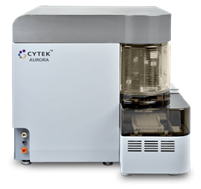 | Cytek Aurora (Spectral) | 5 Lasers B/R/V/YG/UV | Spectral cytometer | |
| Cell Sorter (Staff-Operated) | 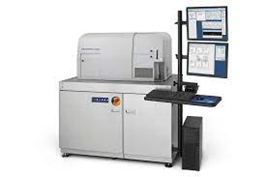 | BD FACSAria Fusion Cell Sorter with small particle detector (Vivaldi) | 4 Lasers B/R/V/YG | Small particle detection |
 | BD FACSAria Fusion Cell Sorter (Bach) | 5 Lasers B/R/V/YG/UV | ||
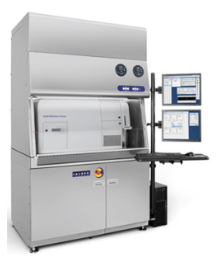 | BD FACSAria Fusion Cell Sorters with BSC hood (Chopin) | 5 Lasers B/R/V/YG/UV | ||
 | Invitrogen Bigfoot Cell Sorter | 5 Lasers B/R/V/YG/UV | ||
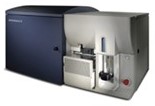 | BD FACSAria III Cell Sorter | 3 Lasers B/R/V | Dedicated yeast and bacteria sorter. This will be a self-operated sorter and users will be trained to operate it. | |
About the Platform
What is Flow Cytometry?
Flow cytometry is a powerful tool used in biology to analyse properties of individual cells and particles in a fluid suspension.
As the cells or particles flow through the system, they pass through lasers that excite fluorescent dyes
and labels. The resulting fluorescence is detected and can be analysed to provide information about the characteristics of each individual cell or particle.
Flow cytometry is particularly useful for analysing large numbers of cells or particles
quickly and accurately at a single cell level. It can be used to quantify a wide range of properties; such as relative size and complexity, as well as the presence or absence of specific surface markers or intracellular proteins.
It
is a versatile tool that has revolutionised our ability to study and understand individual cells, and has led to many important discoveries in the fields of biology and medicine.
Technologies and Approach
The SIgN Flow Cytometry Platform is a well-established platform, with a comprehensive fleet of analysers and sorters supported by dedicated technical support staff that can provide sorting services, wet-lab training, consultation services, and execute service project agreements. Our staff can provide guidance at each experimental stage, from study design, processing and staining protocols, to cell sorting and data interpretation. One of our operators is Specialist in Cytometry (SCYM(ASCP)CM) certified, a unique certification dedicated to flow cytometry staff. The SIgN Flow Cytometry Platform can achieve high-throughput deep cellular phenotyping analysis with high-end conventional, spectral flow (Figure 1) and small particle-enabled (Figure 2) flow analysers and sorters. These cutting-edge technologies represent the modern advancements in the field of flow cytometry and enable world-class research to be carried out in the platform.
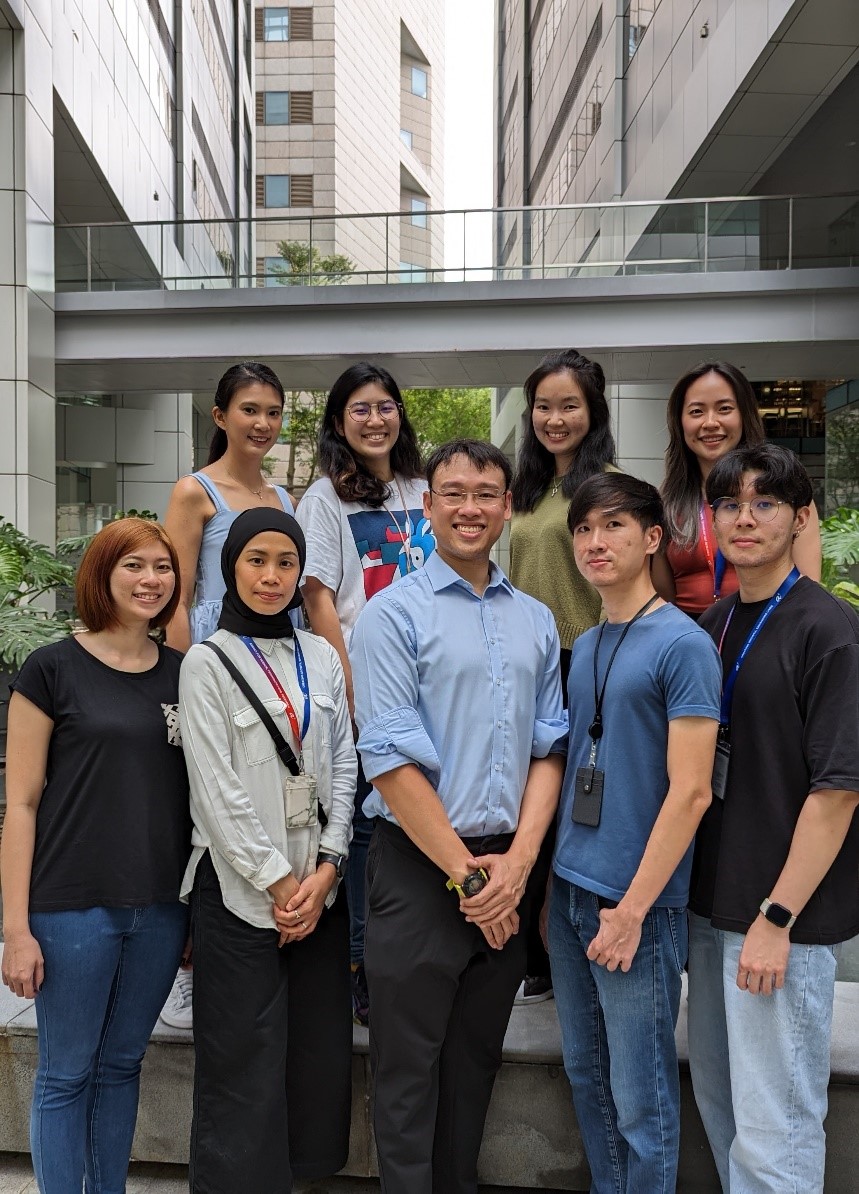
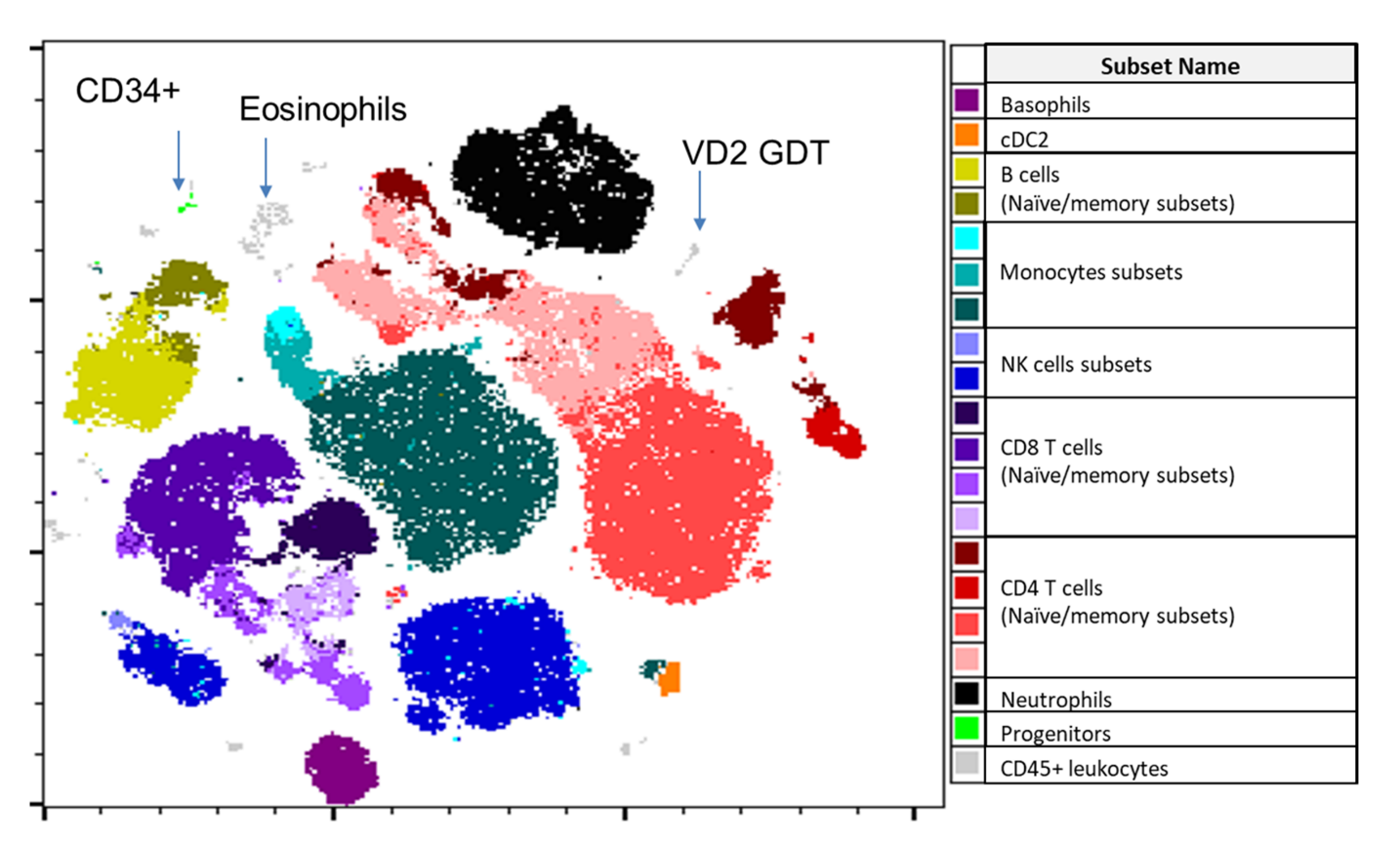
Figure 1 : A comprehensive snapshot of the cellular composition of human blood, with our whole leukocyte panel. t-SNE of freshly isolated human peripheral blood mononuclear cells (PBMCs) stained with 32 cell surface markers.
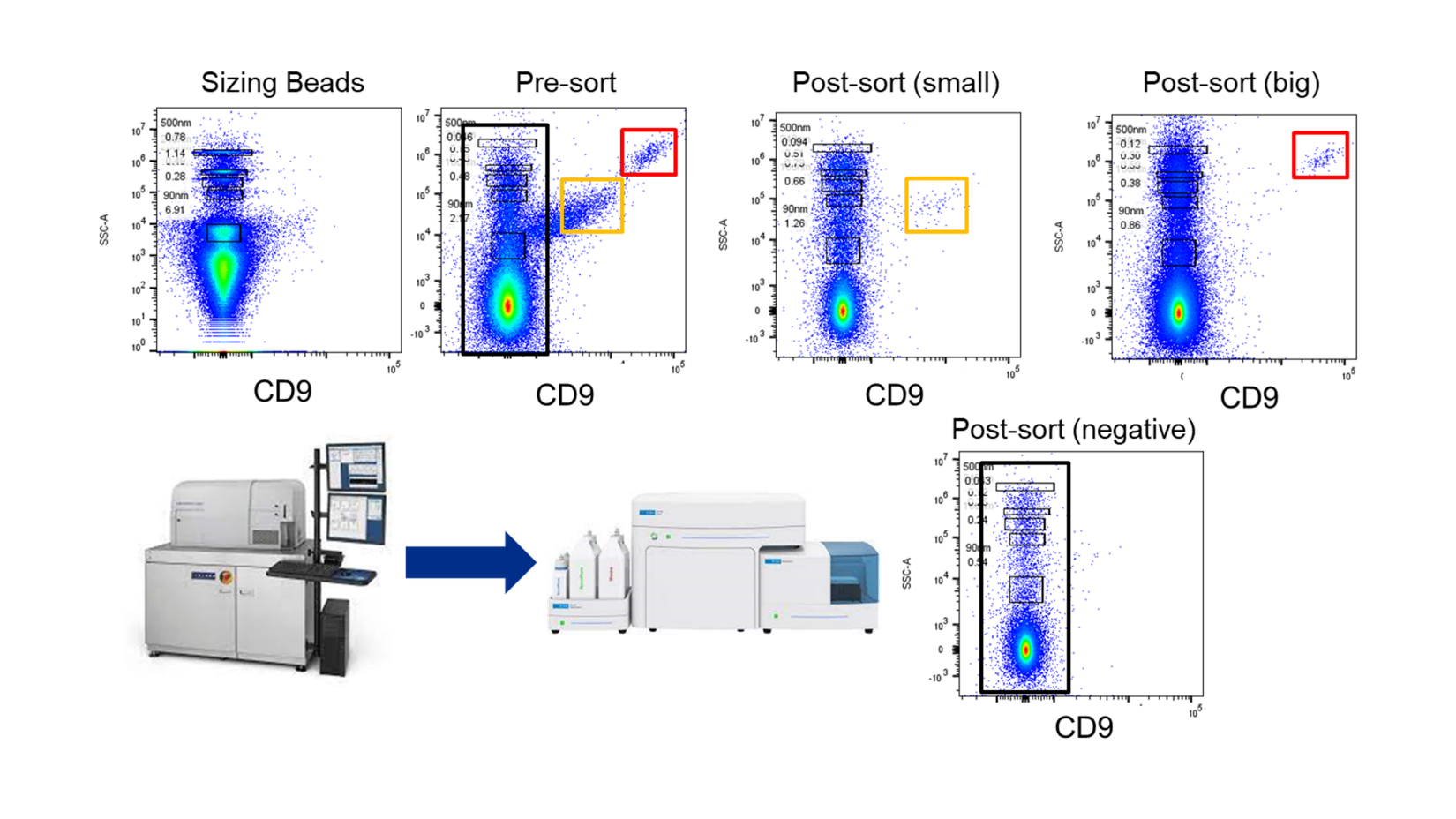
Figure 2: FACSARIA Fusion (Vivaldi) and Novocyte Penteon with the small particle detector can detect sizing beads 90nm and larger. CD9 stained exosome in human plasma was sorted on FACSARIA Fusion (Vivaldi) and post sort analysis was done on the Novocyte Penteon.
A*STAR celebrates International Women's Day

From groundbreaking discoveries to cutting-edge research, our researchers are empowering the next generation of female science, technology, engineering and mathematics (STEM) leaders.
Get inspired by our #WomeninSTEM

